Whether through new acquisitions, relocations, closures or other requirements, every horse keeper has probably been looking for a suitable form of posture for his horse. We provided an overview of the most common concepts. Ultimately, however, the question of husbandry must always be viewed individually.
Due to tightening of the controls and requirements for species-appropriate horse keeping, stand housing and pure box housing concepts without free movement are luckily a thing of the past. Nevertheless, there are decisive differences in the other forms of husbandry. Basically, however, a distinction is only made between two different concepts, which in turn include several sub-categories.
- Box Stall
The box keeping itself is probably the most common concept in most riding and boarding stables. The categories of box keeping result from the equipment of the boxes. A distinction is made between inner boxes, window boxes, paddock boxes and outer boxes. However, what is essential for a box is the presence of a solid barrier between the individual horses. Many boarding houses now offer several housing systems in order to meet the demand and to be able to address the broadest possible target group with the offer. For the well-being of the horses, the pure inner boxes are increasingly being converted, but depending on the type of riding facility it is not always possible to equip an inner box with a window. Window and outdoor boxes are probably the most common choices among horse owners: the horse is in a fixed box, but is supplied with additional fresh air through a window. It also offers the horse a certain variety when looking out. However, paddock boxes are probably the best alternative within the box concept. Here the horse can freely choose between the box and the running surface and switch at will. So the horse owner is not tempted to bring the horse in early in bad weather. In the case of paddock boxes, however, care should be taken that the running and box area is not too small. Of course, the horse has more space available thanks to the paddock, but these are usually attached in such a way that the horse prefers the box as a lying area. This should therefore correspond to the current specifications for the box size. The separation between the individual paddocks should also be designed in a way that the horse cannot get caught in it or roll through it while rolling. The direct proximity to the neighbors means that social contacts can be maintained. On the other hand, it is therefore important that paddock neighbors also harmonize together and that the paddock box does not degenerate into stress.


- Herd Keeping
Herd keeping includes the various concepts in which the horse spends day and night outside and in a permanent herd. However, the accommodation does not always have to mean a meadow. Open stables and active stables in particular work with a combination of paved areas and pasture areas that can be divided depending on the weather and season. In most cases, a playpen is chosen as winter quarters for young horses. In this way, they are not permanently exposed to the weather, but they can also maintain social contacts during the stable hours and juggle with one another. An active stable usually offers the horses a lot of space and many incentives to move. So there are usually many small feeding and watering places distributed over the area so that the horses move as much as possible. Different surfaces, floor structures and play facilities promote the health and fitness of the horses. A permanent pasture is chosen especially for young horses or retirees, but there is a lot to consider regarding the senior citizens as well.

Basics
Regardless of the type of housing, the outdoor areas should meet basic requirements:
A shelter must be freely accessible to all herd members. It is important that the lying surface is dry and ideally also littered. If the horse is kept outdoors for a long time, there must also be more lying areas available than horses, so that in the event of a scuffle, each horse still has the opportunity to withdraw and come to rest. If you only spend several hours outdoors, weather protection is sufficient, either a shelter, trees or hedges, so that the horses are protected from strong sunlight, for example.
The same applies to the fresh water and the feeding area, both of which should be freely accessible. In the best case, water and hay are placed separately from each other. On the one hand, this has the advantage that the horses have to move around more and, on the other hand, there are less disputes over water and feed.
The herd should be put together by the keeper in such a way that no member is particularly at a disadvantage or at an advantage. There should also always be an even number of horses so that one horse is not excluded. Young horse groups and senior horses in particular should be kept separate from one another as far as possible in order to save the older horses from fighting for rankings. Mixed groups with different races and sizes, however, have proven their worth.
The fence is essential for safe grazing. Especially in areas with a lot of traffic or built-up areas. There are no insurance-specific guidelines, but to be on the safe side, inquiries should be made with the respective insurance company. Basically, the fence height is calculated as 0.75 x height at the withers of the largest horse in the herd. The lowest cross connection, however, is given by the smallest herd member. Two to four connections are suitable. The posts should be robust and stable, either made of wood, concrete, hard plastic or metal. Many pastures, especially temporary ones, are often fenced off with plastic posts. Make sure that at least the corner pillars are made of solid material so that the strands can be properly tensioned. Electric warning signs must also be placed in public areas.

Decide Individually
Basically, there is no such thing as ONE way of keeping a horse. Every horse owner must choose the right form of keeping for himself and primarily for his horse. Regardless of special requirements such as illnesses etc., care should be taken to ensure sufficient light, size and fresh air. Particularly special health conditions that affect the musculoskeletal system or the respiratory tract categorically exclude some forms of posture. In the smartest case, you consult with your veterinarian about the most sensible posture for the horse. Generalizations should be avoided. The open stable is less suitable for horses prone to stress, as is the permanent pasture for rehabilitation patients. But the following also applies in principle: You have to give every horse enough time to get used to it.
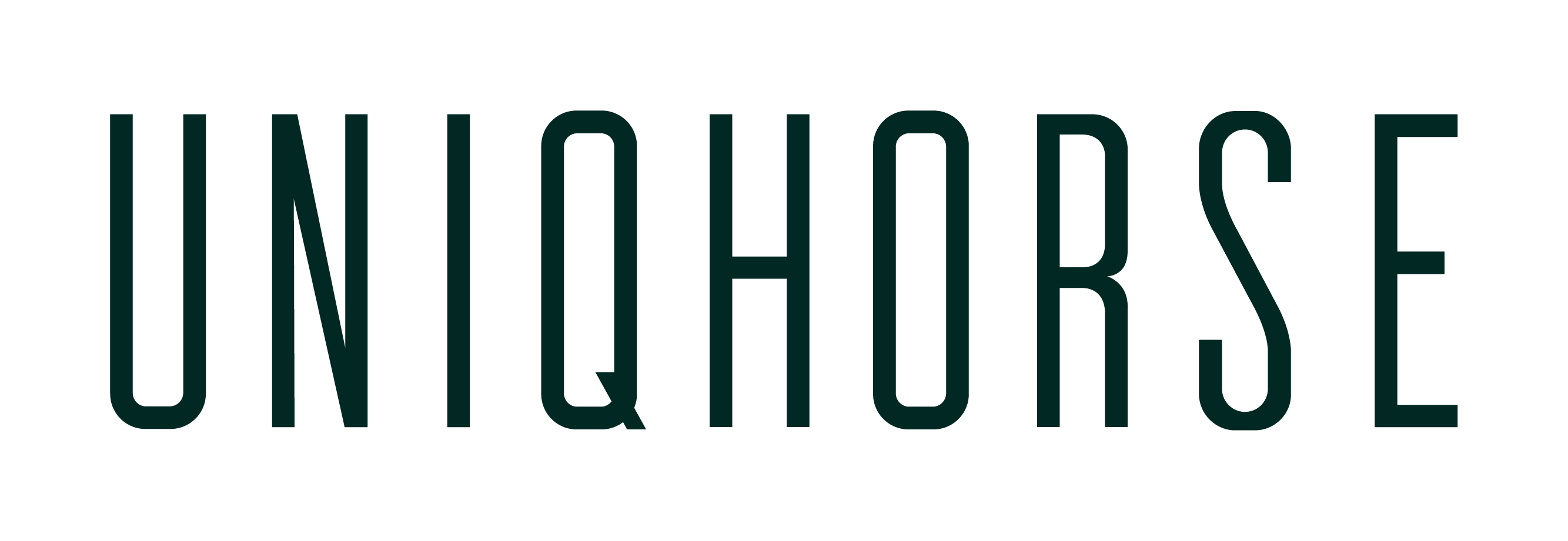


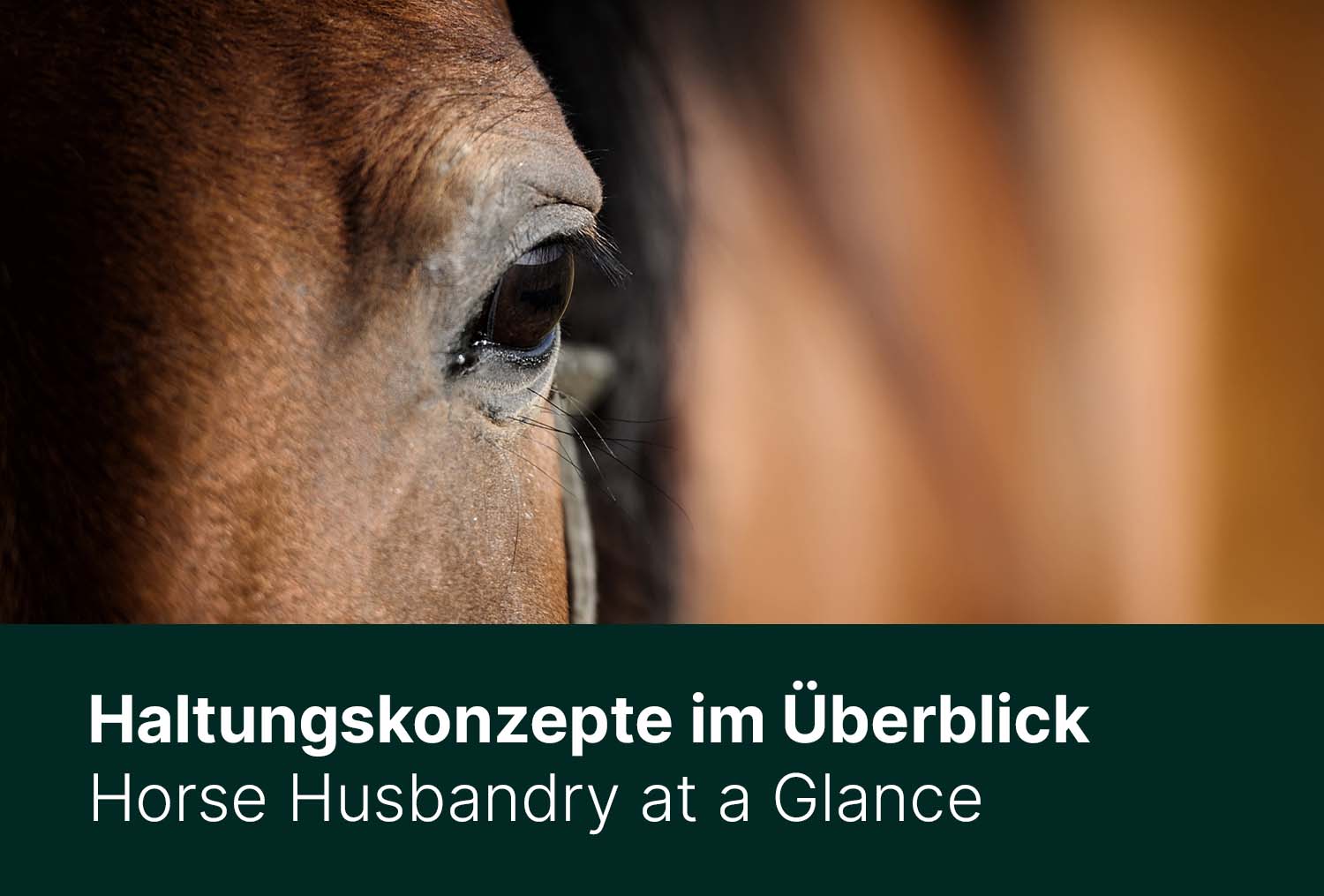



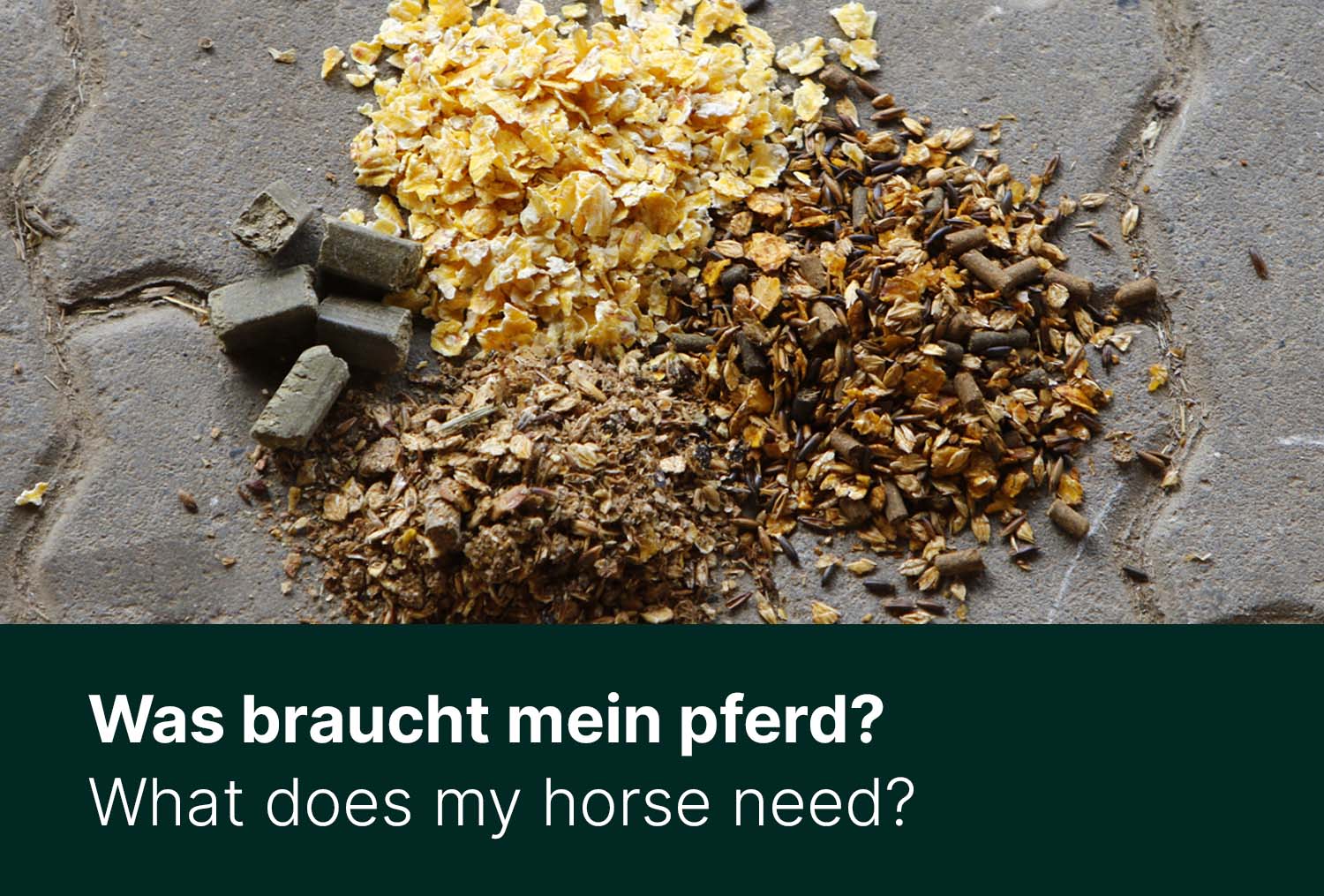
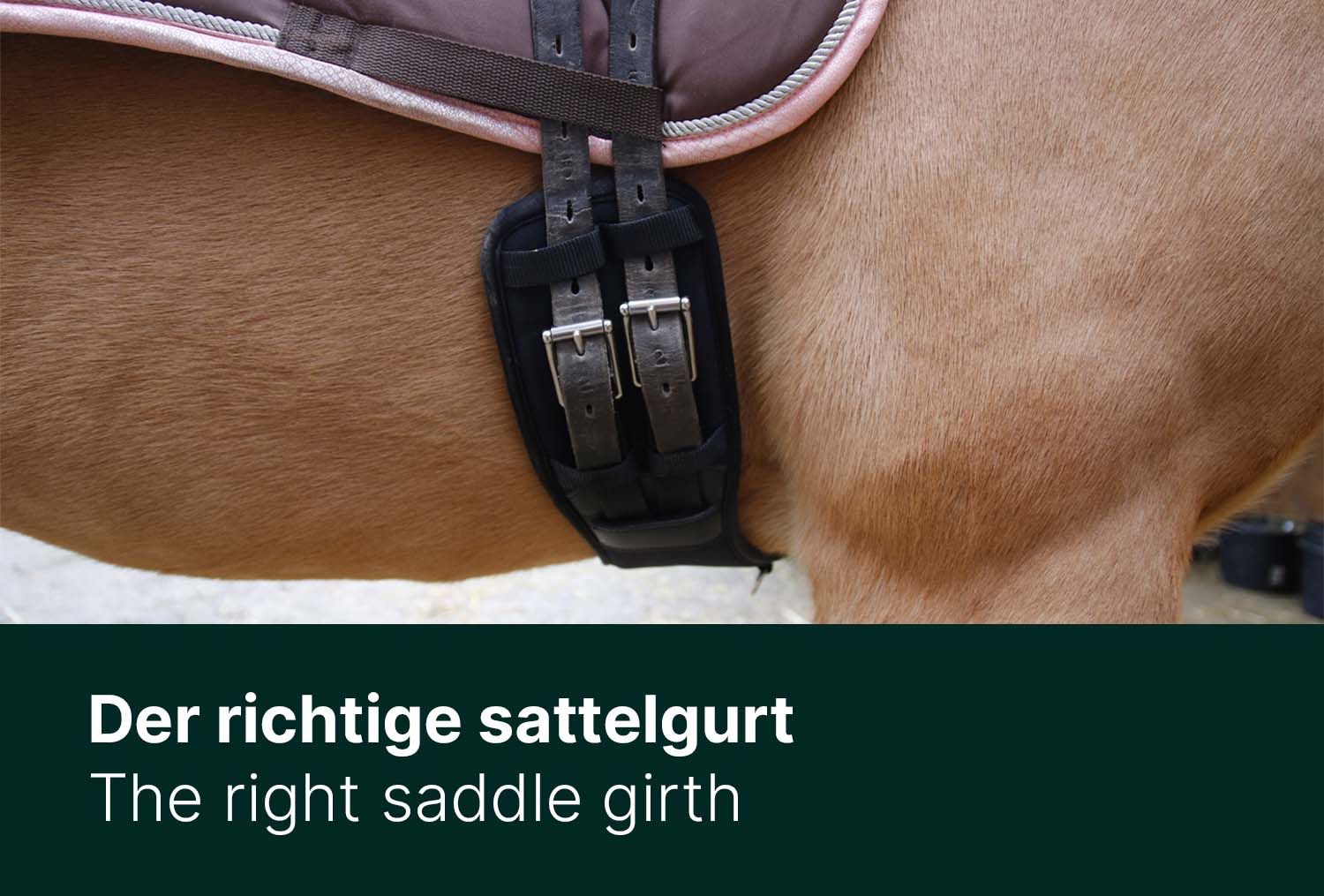
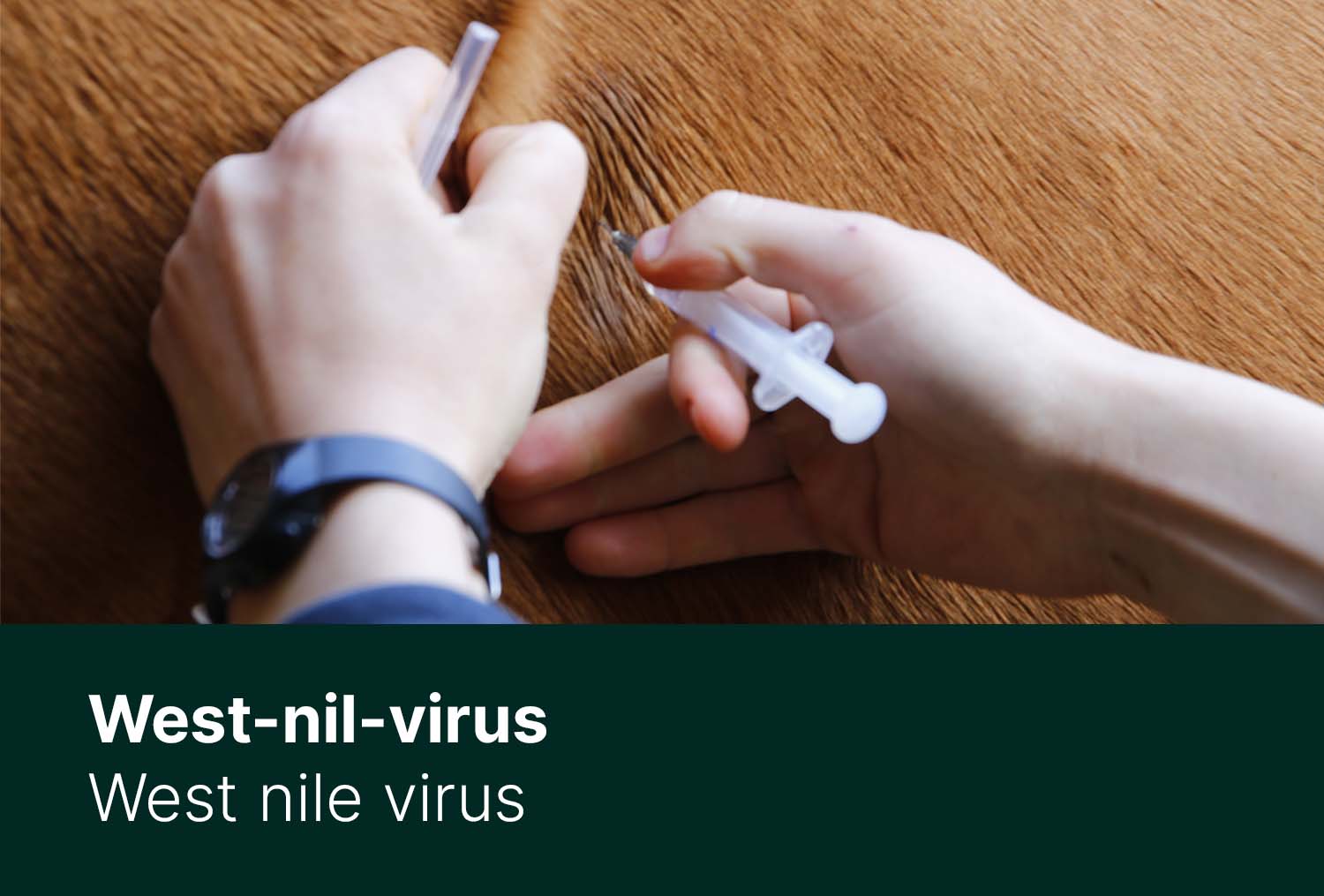
Pasture Care
How does my Horse sleep?